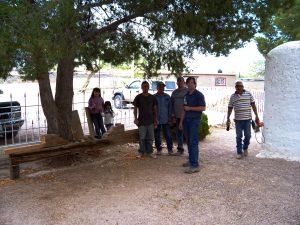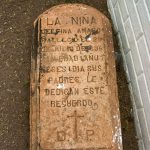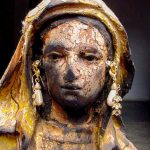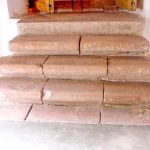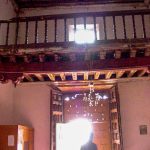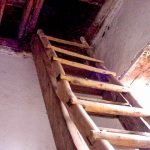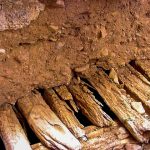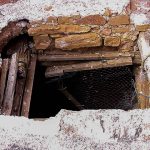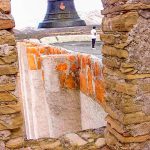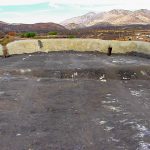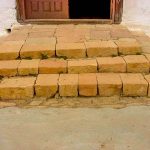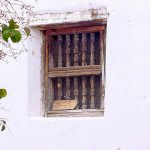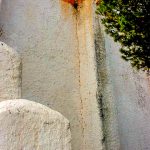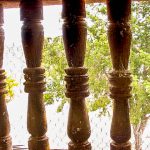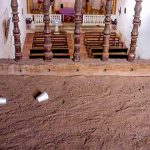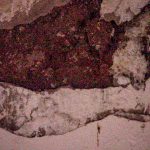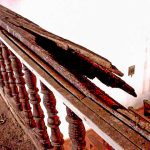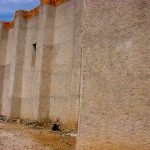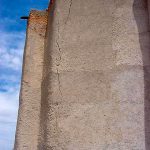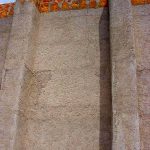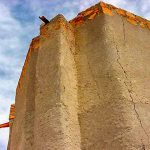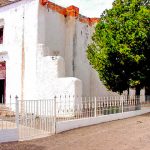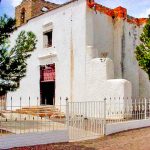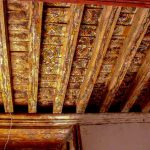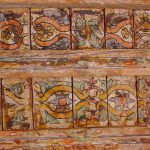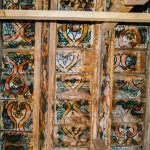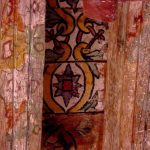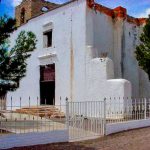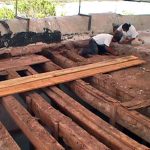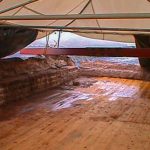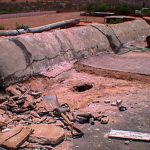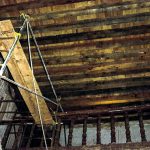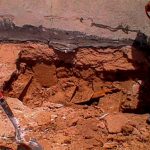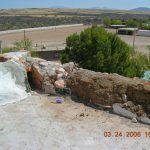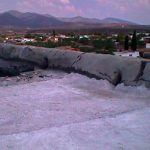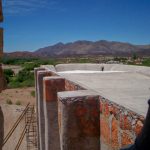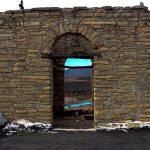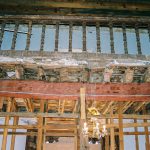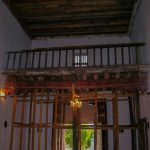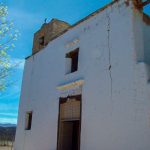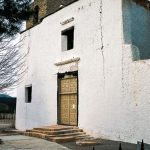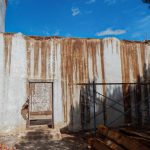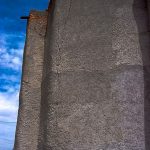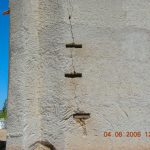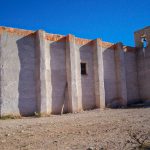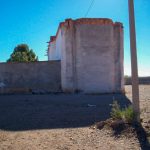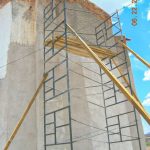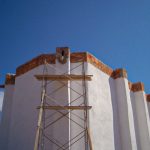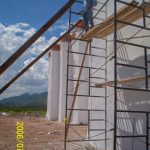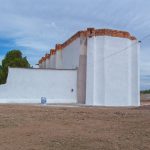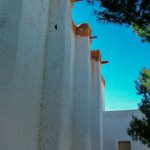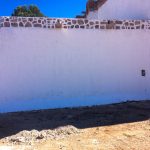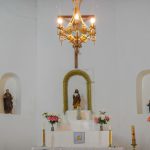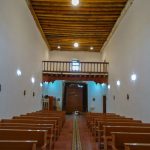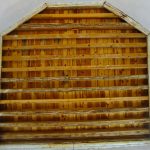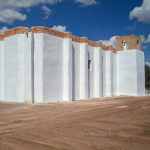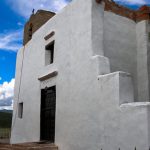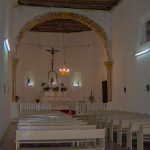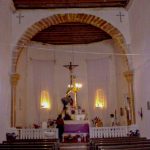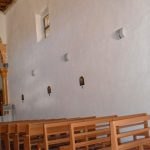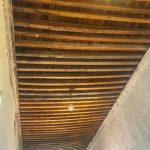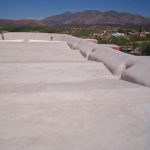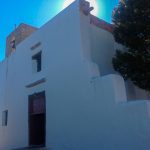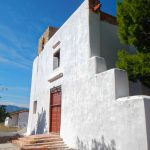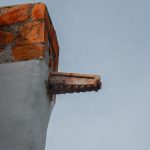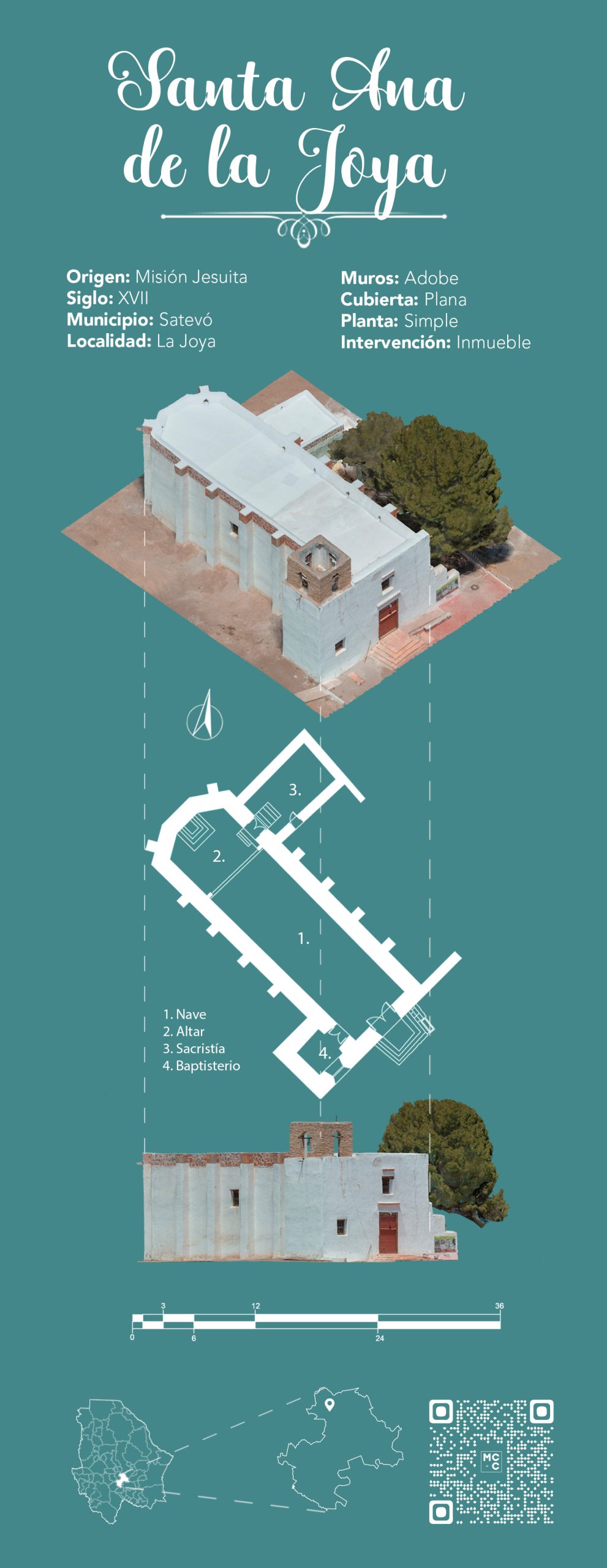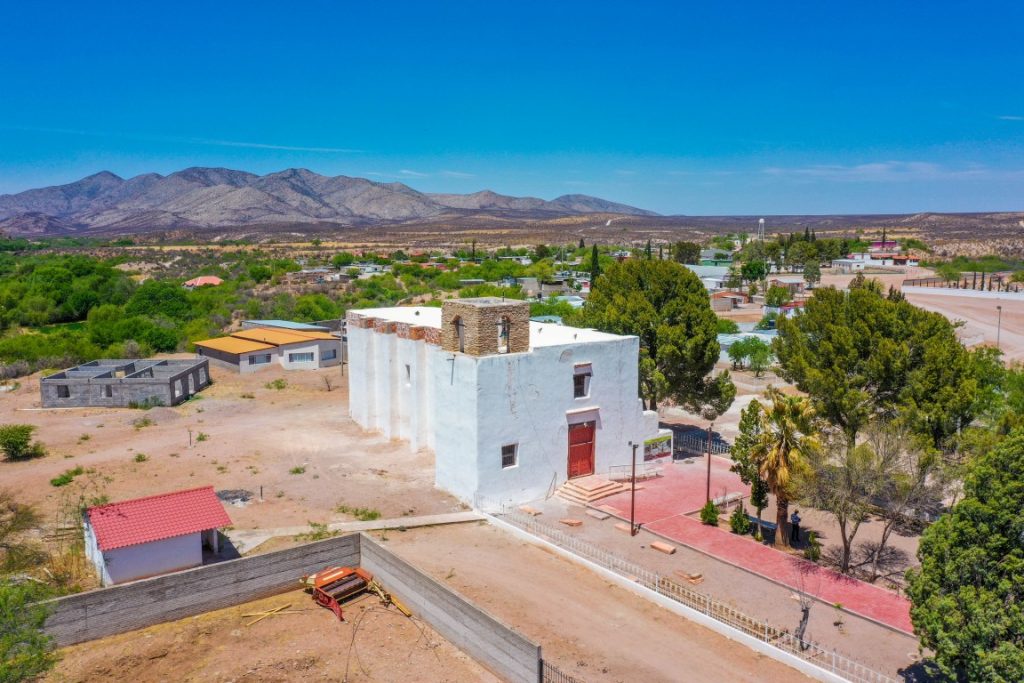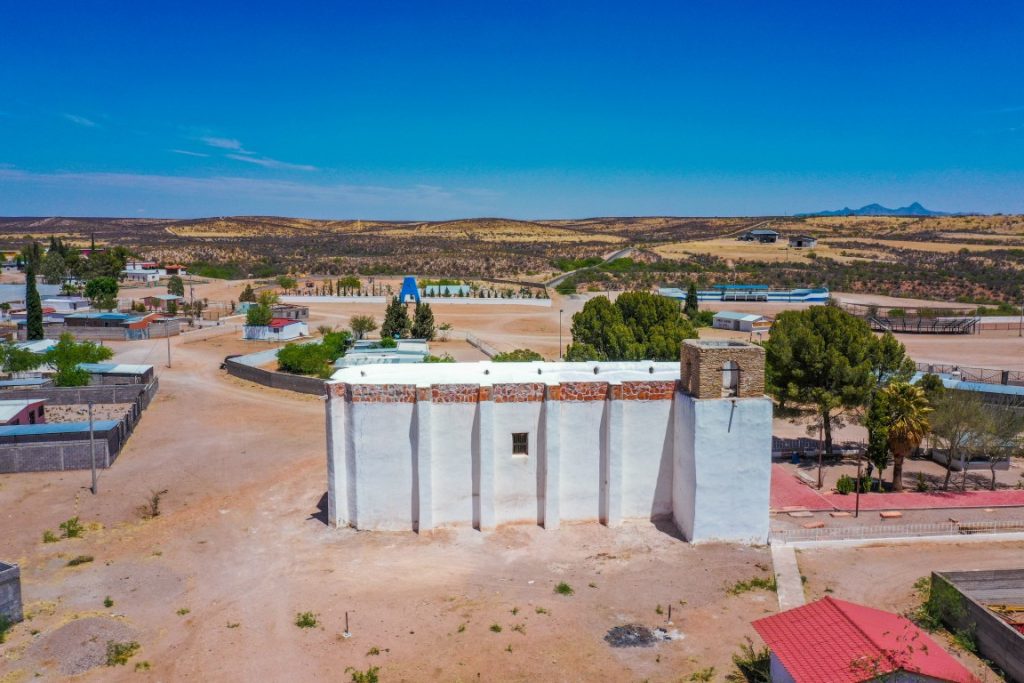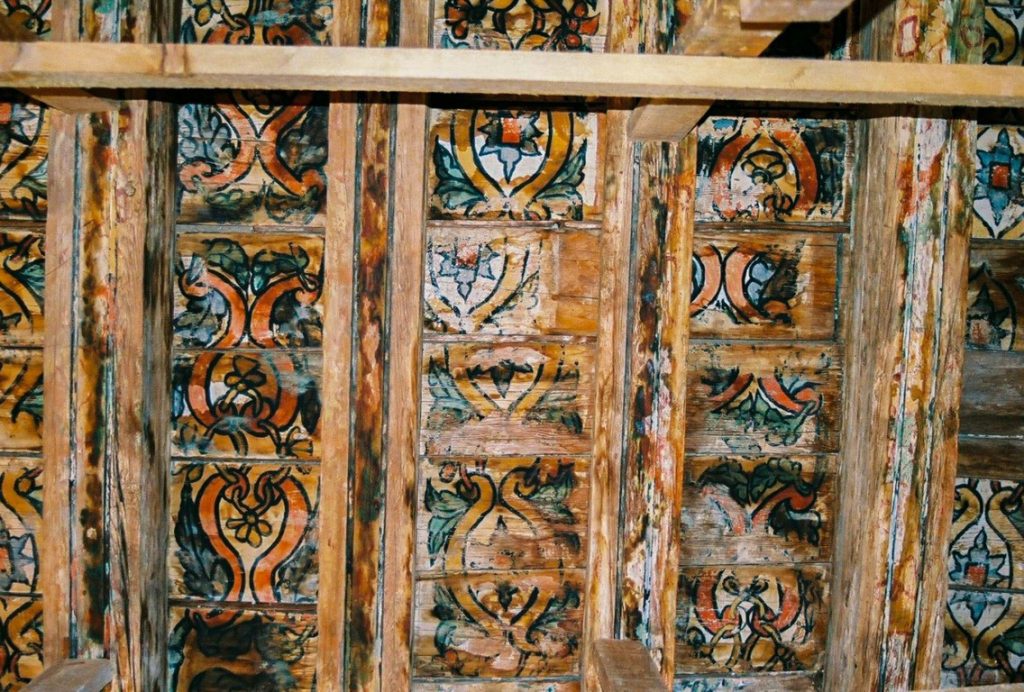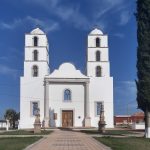Santa Ana y San Joaquin
Santa Ana y San Joaquin
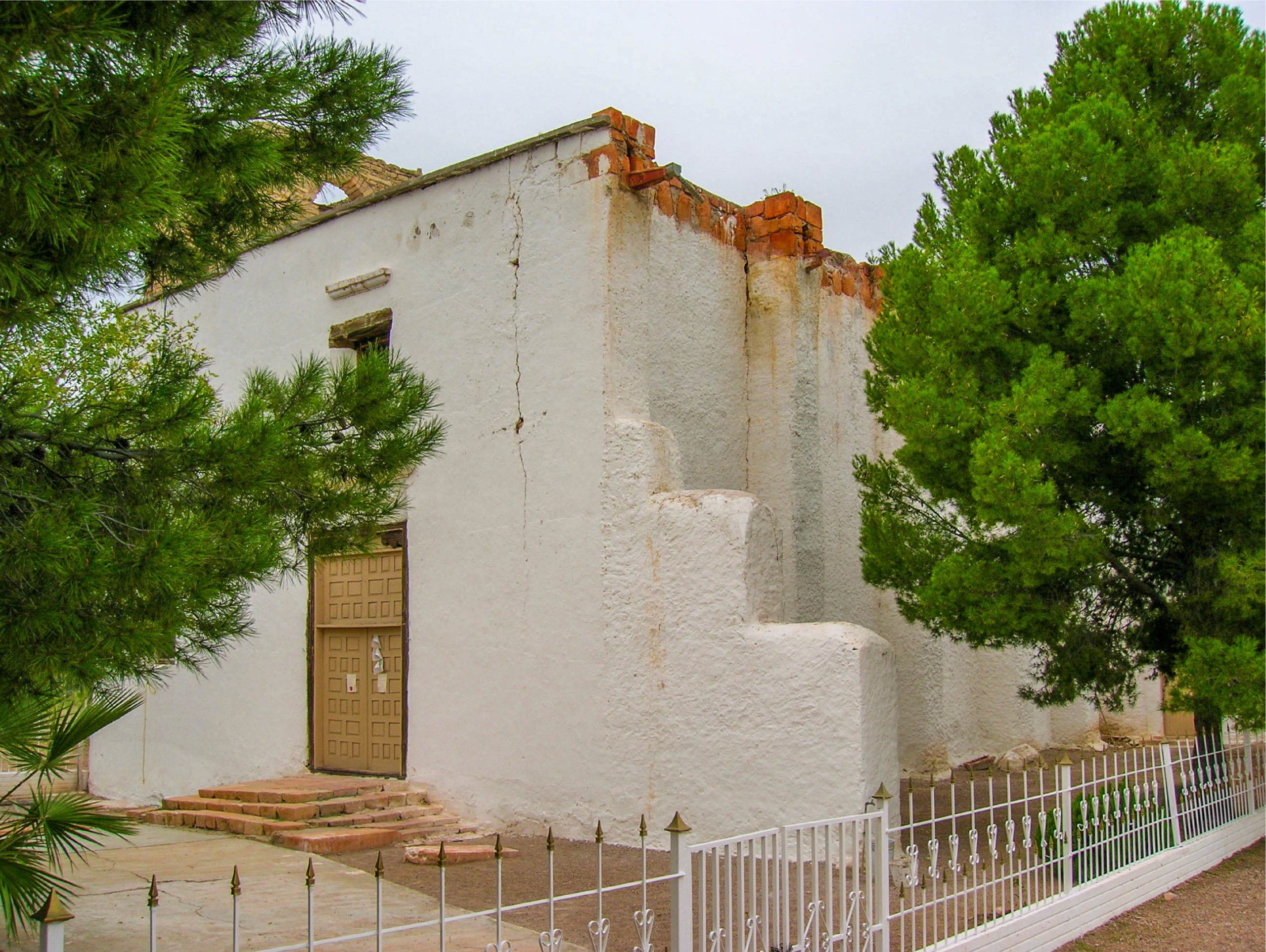
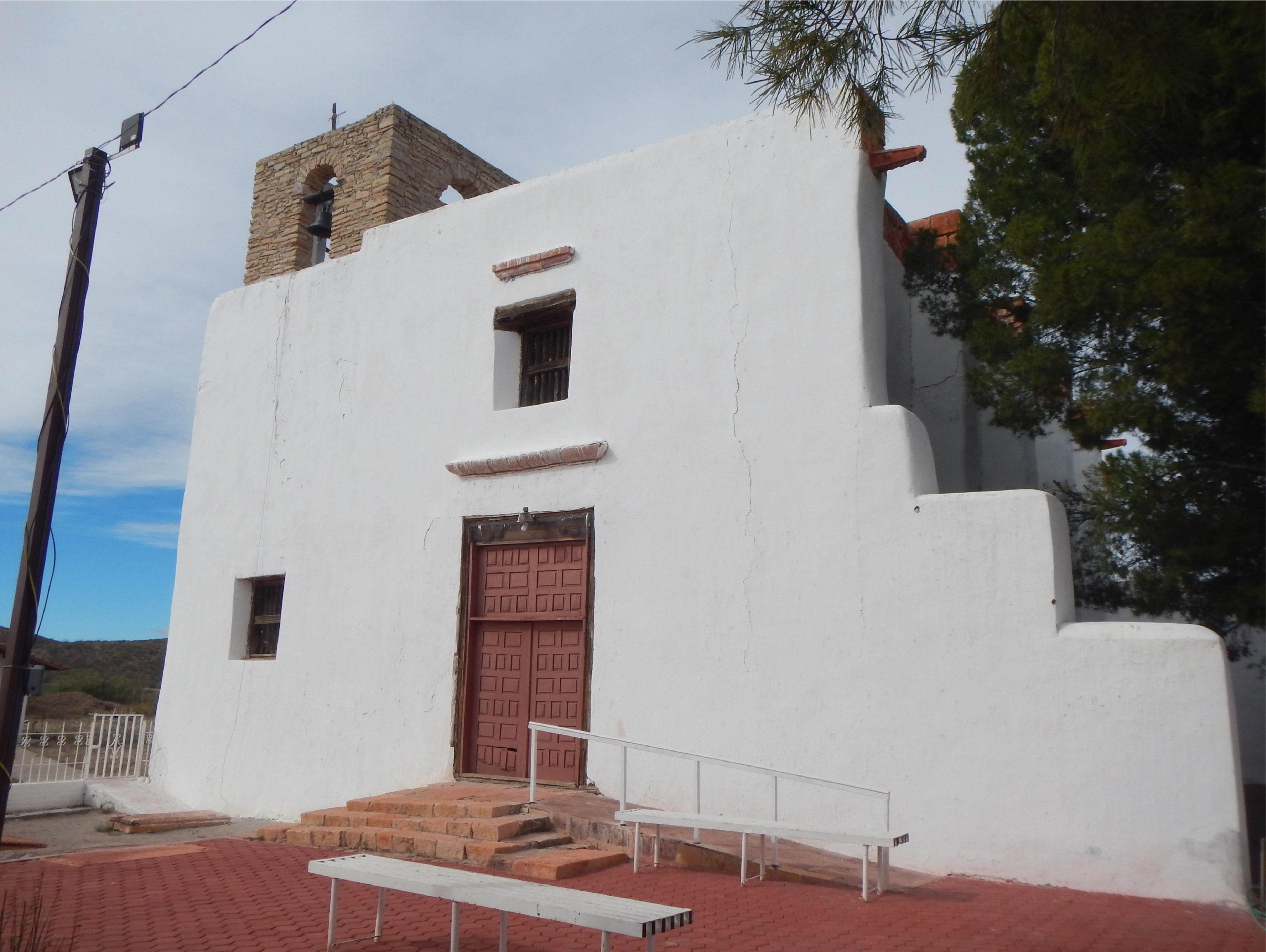
Located on the banks of the Satevó River, the current settlement of Santa Ana de la Joya was founded on what had been a Tarahumara ranchería in the mid-17th century. Like the neighboring San Antonio de las Cuevas (today San Antonio de los Chacón), it was established as a visita of the nearby Jesuit mission of San Francisco Xavier de Satevó, which was founded in 1640 by the Jesuits José Pascual and Jerónimo de Figueroa.
Years later, the Satevó mission and its visitas were placed under the care of the Jesuit Father Virgilio Máez. The temple was successively destroyed during the indigenous uprisings of 1651 and 1652 (the latter led by Gabriel Teporaca), which suggests that the temples of Santa Ana and San Antonio may have suffered the same fate.
The current temple of Santa Ana and San Joaquín de la Joya may be the result of the reconstruction of the region’s missions undertaken by Father Máez, who was able to return once the indigenous unrest had ended. This missionary remained in charge of the district for over a decade, until 1665, when he was replaced by Father Juan Sarmiento, who held the position for nearly another decade, until 1674, when he was succeeded by Father Fernando Barrionuevo. Therefore, it is reasonable to assume that the temple of Santa Ana de la Joya was the product of the efforts of one of these three missionaries.
The last Jesuits to serve at Satevó were Father Felipe Calderón in 1719, Father Pedro Estrada in 1730, and finally Father Juan Antonio Núñez from 1744 to 1751. In 1753, Father Francisco Pérez de Aragón handed over the mission to the Diocese of Durango to transform it into a parish.
In the documentation regarding the secularization that took place in 1753, through which several missions in the Province of Baja Tarahumara were handed over to the Diocese of Durango, Santa Ana appears as a visita of Satevó, with 65 settled families, noting that the temple had a rectory.
The report left by Bishop Romero y Tamaral, after his pastoral visit in 1765, only records Santa Ana de la Joya as a visita of Satevó.
When removing the deteriorated plaster, it was necessary to create drainage in the area adjacent to the walls, as it is a zone that receives direct rainwater runoff from the roofs.
Also based on the replacement of the mosaic floor with a wooden floor to ensure proper ventilation and rapid removal of moisture from the subfloor.
INVERSION: 338,535.00 MXN
PHASE I
Installation of scaffolding, removal of cement from the tower roof, removal of the terrace on the tower roof, and removal of the choir floor.
Waterproofing with alum and soap. Reinforcement of beams, supply and installation of wooden door. Replacement of beam ends affected by rot. Restoration of carpentry elements in windows, doors, and choir balustrade.
- FOREMOBA 2003
- City Hall
Photographic survey, documentation, daily monitoring of the construction work, with the preparation of records and mapping of damages and treatments.
(Misiones Coloniales de Chihuahua).
The application was submitted to the call for the Restoration Fund for Historic Monuments and Artistic Assets (FOREMOBA), under CONACULTA, for an interdisciplinary project led by Misiones Coloniales de Chihuahua and ICHICULT,
SECTUR and INAH, as well as several private community representatives, all interested in the rescue and preservation of the monument’s architectural heritage.
On-site contact:
Pbro. Jorge Rubio
6144510197
